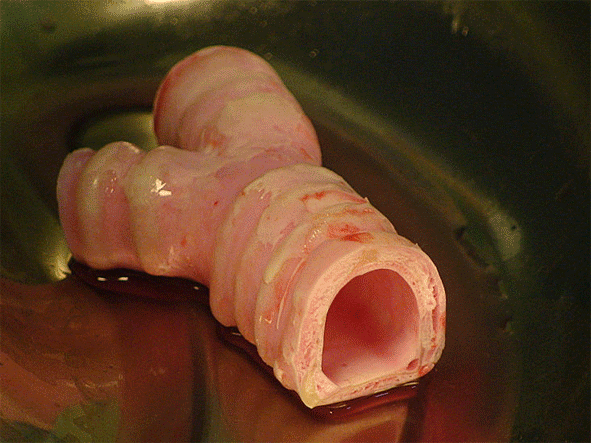top of page
TISSUE AND ORGAN TRANSPLANTS
Stem cells can be used to regenerate skin for burn victims. The stem cells can develop into artificial skin much more quickly than it takes normal skin to grow, so patients with large wounds can heal faster. One example of a possible stem cell skin treatment includes RenovaCare's Skin Gun, a medical device that is still under development, which sprays a patient's own stem cells onto wounds and burned skin. Skin stem cells can also be used to enhance and contour one's face, allowing people to look younger. However, the validity of cosmetic regenerative medicine is still being tested, and many products advertisting stem cells may not work .
SKIN
EYES
The Skin Gun

Retinal Stem Cells

Corneal Stem Cells

Retinal Stem Cells
1/2
Eye diseases, such as age-related macular degeneration and Stargardt macular dystrophy that cause blindness are treatable with stem cells. While the treatments may not cure blindness, they can improve vision and eyesight. In a study done in 2011, retinal stem cells from human embryonic stem cells were transplanted into patients with eye diseases. After the surgery, many reported an increase in pigmentation, demonstrating that the transplantation was successful in partially restoring their vision. Corneal stem cells are used to restore transparency to scarred and cloudy eyes. The stem cells are able to regenerate corneal tissue to replace scar tissue in patients with corneal blindness. Currently, research is still being done on both cornea and retinal stem cell transplants.
HAIR
Hair loss may not be a problem anymore in the future. Recently, in early 2015, scientists were able to grow dermal papilla cells from human skin stem cells. The dermal papilla cells regulate the formation and growth of hair follicles, so they could help treat baldness. These cells were injected into mice and successfully stimulated hair growth. Hair stem cell treatment may become a possibility in the near future because of breakthroughs like this.

TEETH

Stem cells were used to repair tooth decay in mice. In a 2014 study published in the journal Science Translational Medicine, scientists drilled holes in rodents' teeth to model tooth decay and injected stem cells into the cavities. Lasers were used to simulate growth factors that would stimulate the stem cells to grow, and after a few weeks, the dentin in the tooth was slowly growing back. This is just another example of stem cells' potential uses.
ORGANS
In 2013, the first organs were grown using stem cells. A laboratory in Japan grew tiny mice livers out of human stem cells and transplanted them into mice. The livers functioned properly in the mice and were able to secrete proteins and continue growing after transplantation. Other body parts, such as ears, noses and windpipes, are also able to be constructed out of stem cells. The idea of custom-made body parts and organs is slowly becoming a reality with the use of stem cells.

Stem Cell Ear

Stem Cell Trachea

Stem Cell Ear
1/2
bottom of page